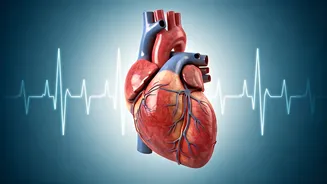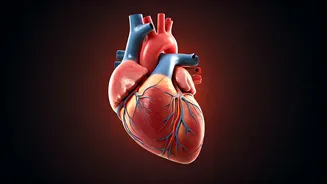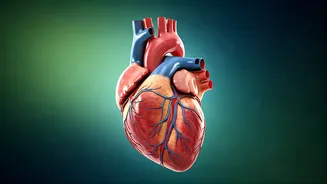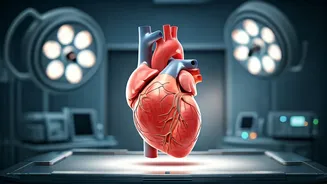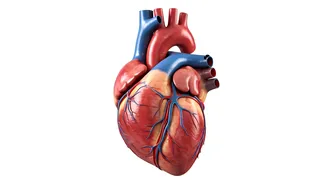Dietary Modifications Needed
The first step to decreasing stroke risk involves a thoughtful approach to what you consume. A cardiologist would likely recommend focusing on a diet rich
in fruits, vegetables, and whole grains. These foods are packed with vital nutrients and antioxidants that help protect the cardiovascular system. Reducing the intake of saturated and trans fats, commonly found in processed foods and red meat, is also a priority, as these can contribute to the build-up of plaque in the arteries. Opting for lean protein sources, such as fish and poultry, and limiting sodium intake are additional recommendations. High sodium levels can increase blood pressure, which is a major risk factor for stroke. It's about making smart food choices that work synergistically to support heart health and reduce the likelihood of stroke. Additionally, incorporating foods rich in omega-3 fatty acids, like salmon, can offer substantial benefits.
Embrace Regular Exercise
Regular physical activity is another critical element in preventing stroke. Aim for at least 150 minutes of moderate-intensity exercise per week, which could include brisk walking, swimming, or cycling. This form of exercise helps to maintain a healthy weight, lower blood pressure, and improve cholesterol levels. All of these factors play a crucial role in reducing stroke risk. Beyond aerobic exercise, incorporating strength training exercises at least twice a week is also beneficial. Strength training helps build muscle mass and improves overall metabolic health. Consistency is key; integrating exercise into your daily routine offers lasting benefits for cardiovascular health and reduces the likelihood of stroke. Choose activities you enjoy to stay motivated and make exercise a sustainable part of your lifestyle. Even short bursts of activity throughout the day can contribute significantly to overall health.
Manage Your Blood Pressure
Monitoring and managing blood pressure is crucial. High blood pressure is a significant risk factor for stroke, so keeping it in check is essential. Regular blood pressure checks, whether at home or during doctor visits, can help you stay informed about your numbers. If your blood pressure is elevated, your doctor may recommend lifestyle changes, such as modifying your diet or increasing physical activity. Medication may also be necessary in some cases. Working closely with your healthcare provider to develop a personalized management plan ensures that your blood pressure remains within a healthy range, thus reducing your risk of stroke. It is vital to adhere to any prescribed medications and to consistently follow your doctor's recommendations for managing this crucial health metric. Proper management of blood pressure promotes overall well-being and lessens the probability of a stroke.
Control Cholesterol Levels
Maintaining healthy cholesterol levels is another cornerstone of stroke prevention. Elevated levels of LDL (low-density lipoprotein) cholesterol, often referred to as 'bad' cholesterol, can lead to the formation of plaque in the arteries, increasing the risk of stroke. Regularly monitoring your cholesterol levels through blood tests is important. Adopting a heart-healthy diet, rich in fiber and low in saturated and trans fats, can help lower LDL cholesterol. Regular exercise also contributes to the regulation of cholesterol levels. If lifestyle changes aren’t enough, your doctor might prescribe medication to help manage cholesterol. Taking action to keep cholesterol within a healthy range is paramount for promoting cardiovascular health and decreasing stroke risk. Work with your healthcare provider to assess your specific needs and develop a strategy to maintain healthy cholesterol levels.
Quit Smoking Immediately
Smoking is a major risk factor for stroke, significantly increasing the likelihood of this life-threatening condition. The chemicals in cigarette smoke damage blood vessels, making them more prone to blockages and clots. If you smoke, quitting is one of the most effective steps you can take to lower your stroke risk. Consider using strategies like nicotine replacement therapy, such as patches or gum, and counseling to help you stop smoking. Support groups and professional counseling can provide the emotional and practical support needed to succeed. The benefits of quitting smoking are immediate, with the risk of stroke decreasing rapidly after you stop. Your risk will continue to diminish over time as your body repairs the damage from smoking. Therefore, quitting smoking dramatically improves your chances of a healthier life and considerably lowers your chance of suffering a stroke.


